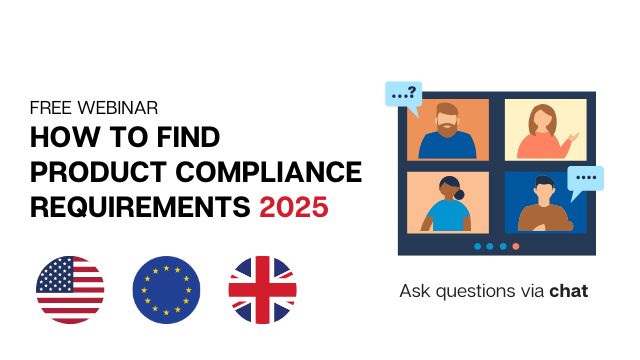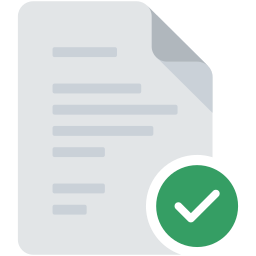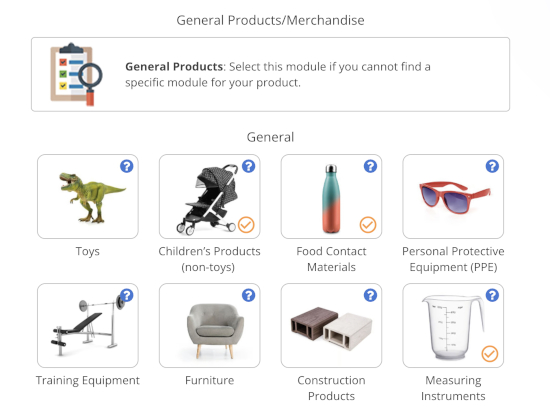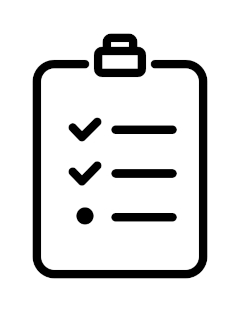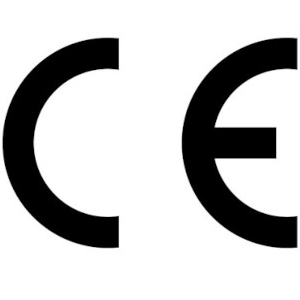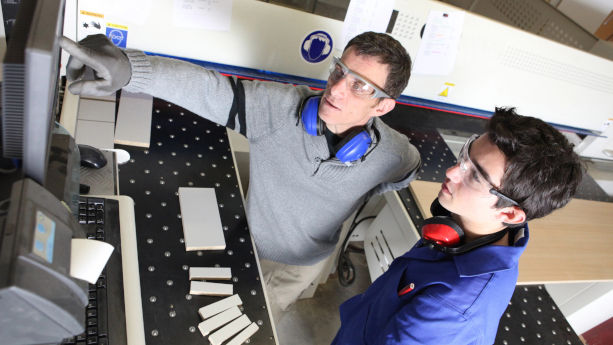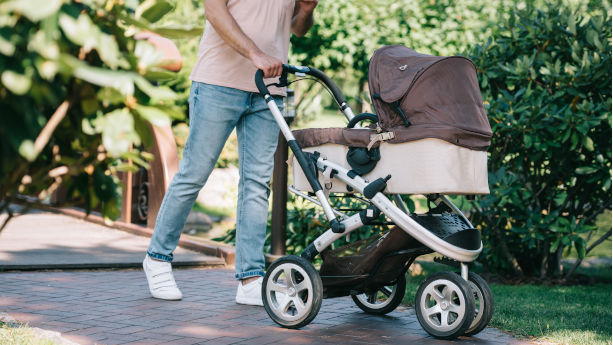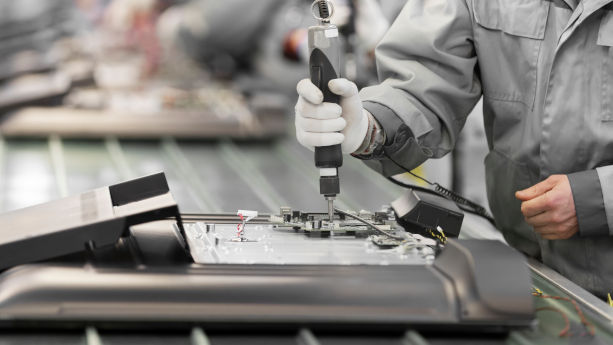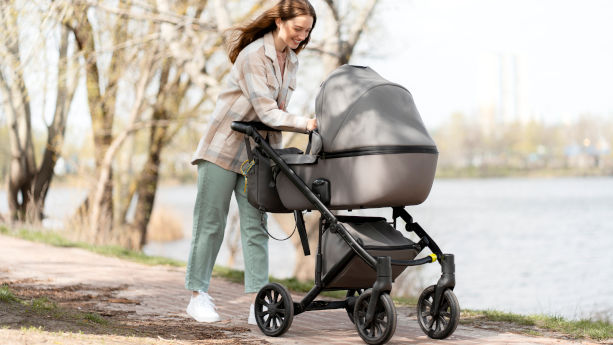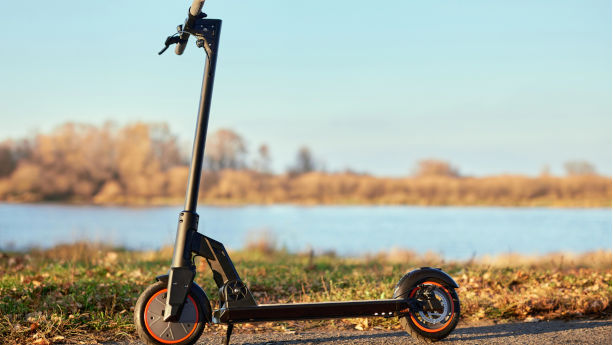
The Machinery Regulation covers many different categories of machinery. Additionally, it covers a number of products that are related to machinery, such as components and chains.
In this guide, we provide examples of products for different categories of machinery. Additionally, we provide examples of harmonised standards associated with each listed product category.
Product List Creation Methodology
In this guide, we list examples of machinery products that are referred to in harmonised standards under:
a. The Machinery Directive
b. The Machinery Regulation
The Machinery Directive is effective until 20 January 2027 after which the Machinery Regulation applies.
Most of the standards that will be harmonised under the regulation are still under draft. Many of them are updated versions of standards that are harmonised under the Machinery Directive. However, some standards under the Machinery Regulation are new – for example, EN 17128 for Personal light electric vehicles (PLEV).
Continue reading List of Products covered by the Machinery Regulation

